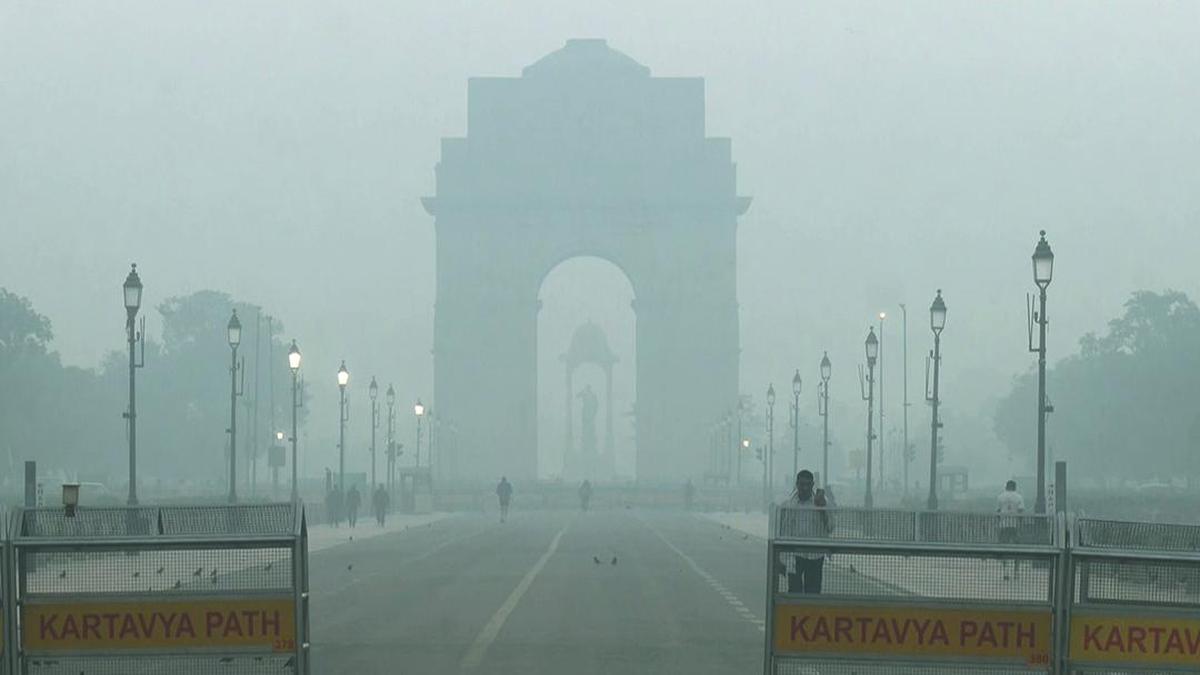Views
118
Leopards are powerful, mysterious, and highly adaptable, but even they have their limits. In India, these iconic big cats are increasingly forced to venture closer to human settlements, not out of choice, but out of sheer necessity. At the heart of this shift lies a silent crisis: the loss of forest cover. Through our work on the Trees for Leopards® project in Uttarakhand, we've learned that restoring forests does more than just plant trees; it builds bridges between people and wildlife.
Here are five powerful lessons leopards are teaching us about the urgent need to protect and regenerate our forests.
1. Habitat Loss Has a Domino Effect
Leopards can live in varied habitats, from mountains to mangroves, but they still depend on dense forest cover for hunting and hiding. As forests shrink, so does their prey base. This forces them to venture into farmlands, leading to conflict with humans and livestock. In Uttarakhand alone, over 25% of the natural habitat has been converted into human settlements and infrastructure. The leopard's shrinking home is a reminder: when we lose forests, we don't just lose trees, we disturb an entire ecosystem.
2. Trees Can Reduce Conflict
Planting trees isn't just good for the planet; it can also prevent dangerous encounters. Our Trees for Leopards® initiative focuses on creating green corridors in high-conflict zones like the Okhalkhanda block of Nainital district. These restored areas offer leopards a safe space to roam and hunt, away from villages and schools. A well-forested area keeps wildlife in the wild and communities safe, proving that conservation and human safety can go hand in hand.
3. Forests Support Livelihoods
Too, Leopards aren't the only ones who benefit from thriving forests. Local communities can earn sustainable incomes by working in afforestation, forest produce collection, and eco-tourism. For example, tree species like Bhimal, Reetha, and Banj are not only great for biodiversity but also support fodder, fuelwood, soapnuts, and handicrafts. Through our project, we ensure that communities become stakeholders in conservation, not just bystanders.
4. Leopards Thrive Where Forests Are Resilient
According to research, forest fragmentation reduces wild prey availability, weakening the ecosystem that leopards rely on. A healthy, unbroken forest ecosystem supports herbivores, pollinators, and predators, creating a balanced food chain. Our reforestation efforts use native species like Quercus leucotrichophora, Deodar cedar, and Padam, carefully chosen to restore ecological balance and promote biodiversity.
5. Conservation Starts with Awareness
Perhaps the most surprising lesson? People care when they know. In every community we work with, we start by holding sensitization workshops. When locals understand how planting trees can reduce leopard encounters and improve their well-being, they are quick to get involved. From protecting saplings to monitoring growth, the success of our project lies in collective action, not top-down orders.
A Greener Path Forward
The leopard's struggle is not a distant wildlife story; it's a wake-up call. Their survival is a mirror of how we treat our forests, our ecosystems, and ultimately, ourselves. At Grow-Trees.com, we believe in creating solutions that work for both people and wildlife. The Trees for Leopards® project is one such example, a model where conservation, community, and climate action meet. You can be part of this story. Gift a tree today and help grow a safer, greener world for leopards and us.
Subscribe to our newsletter and recieve a selection of our cool articles every week.

When Mumbai’s Morning Haze No Longer Feels Like Home
Mumbai Weather Update: AQI Turns Severe as Thick Haze Persists, Free Press Journal (FPJ).
Nov 24, 2025

Delhi Is Gasping Again, And This Time, Even the Clouds Refused to Help
Delhi is choking again. AQI levels have slipped into the ‘severe’ zone, cloud seeding failed, and emergency measures barely make a dent. Because the city doesn’t need one-off fixes, it needs long-term healing. Trees remain the simplest, most effective answer. They absorb carbon, trap dust, cool the air, and act as natural lungs. If Delhi wants cleaner winters, it needs more green cover, not just temporary interventions. Clouds may not cooperate, but trees always will.
Nov 17, 2025
Copyrights @ 2025 All rights reserved by Pangea EcoNetAssets Pvt Ltd.